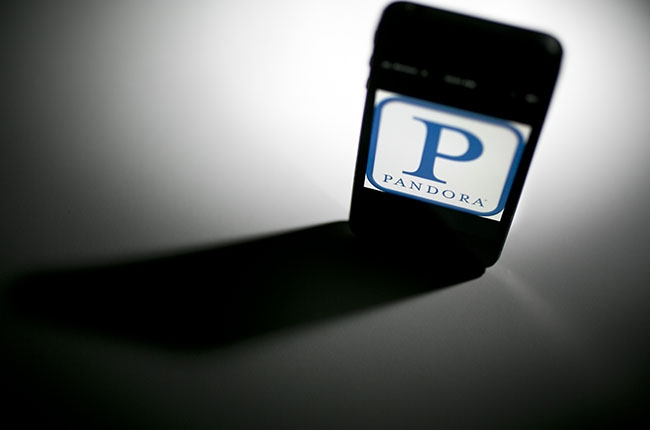Pandora listener growth has slowed and the company didn’t turn a profit in the second quarter, but the online radio company was able to improve where it mattered most: revenue and local advertising.
Second-quarter revenue was $285.6 million, a 30-percent increase year over year, while net loss was $16.1 million, slightly worse than the $11.7-million loss in the prior-year period.
Advertising revenue was $230.9 million, a 30-percent improvement. Mobile revenue grew 37 percent to $229.7 million, or 80.4 percent of revenue. Local advertising, an important component to Pandora’s growth, improved 67 percent to $58.9 million. Subscription revenue grew 31.4 percent to $54.6 million.
Listener growth was low at 3.9 percent. Pandora had 79.4 million monthly listeners at the end of June, a gain of 200,000 since March and 3 million since June 2014. The small improvement in successive quarters can be at least partially attributed to June being what CEO Brian McAndrews called “traditionally a low seasonal point.” Growth in listener hours was at better 5.2 percent, representing an improvement to 5.3 billion from 5.04 billion.
RPM (revenue per thousand impressions) improved to $53.91 from $43.41. Advertising RPM improved to $49.94 from $40.11. Although listenership barely grew in the second quarter, Pandora was able to get more revenue from each listener. Revenue per active user increased to $4.00 from $2.86 in the prior-year period.
Royalties were slightly less of a financial burden. Royalties accounted for 45.6 percent of revenue in the second quarter, an improvement from 50.9 percent a year earlier. Through the first six months of 2015, royalties as a percent of revenue improved to 49.6 percent from 53.2 percent a year earlier. McAndrews said during Thursday’s earning call royalties expense in the second quarter was helped by a reduction in listeners skipping songs, which reduces the number of songs for which Pandora owes a royalty.
But net loss deepened because other costs grew at a fast. Sales and marketing expense increased 42 percent to $94 million. Pandora’s head count grew 34 year over year, driven primarily by new additions to its local sales team. General and administrative expenses rose 50 percent to $38.8 million. Royalties grew only 16.8 percent.
With Spotify already a popular streaming destination, Pandora now faces a tougher competitor since the launch of Apple Music on June 30. Pandora has continued to grow in spite of numerous new competitors, so Apple’s impact is unclear at this point. McAndrews would only say the company expects “some short-term impact” as some listeners “experiment” with Apple Music, but it does not expect Apple Music to have either a short-term or long-term impact.


